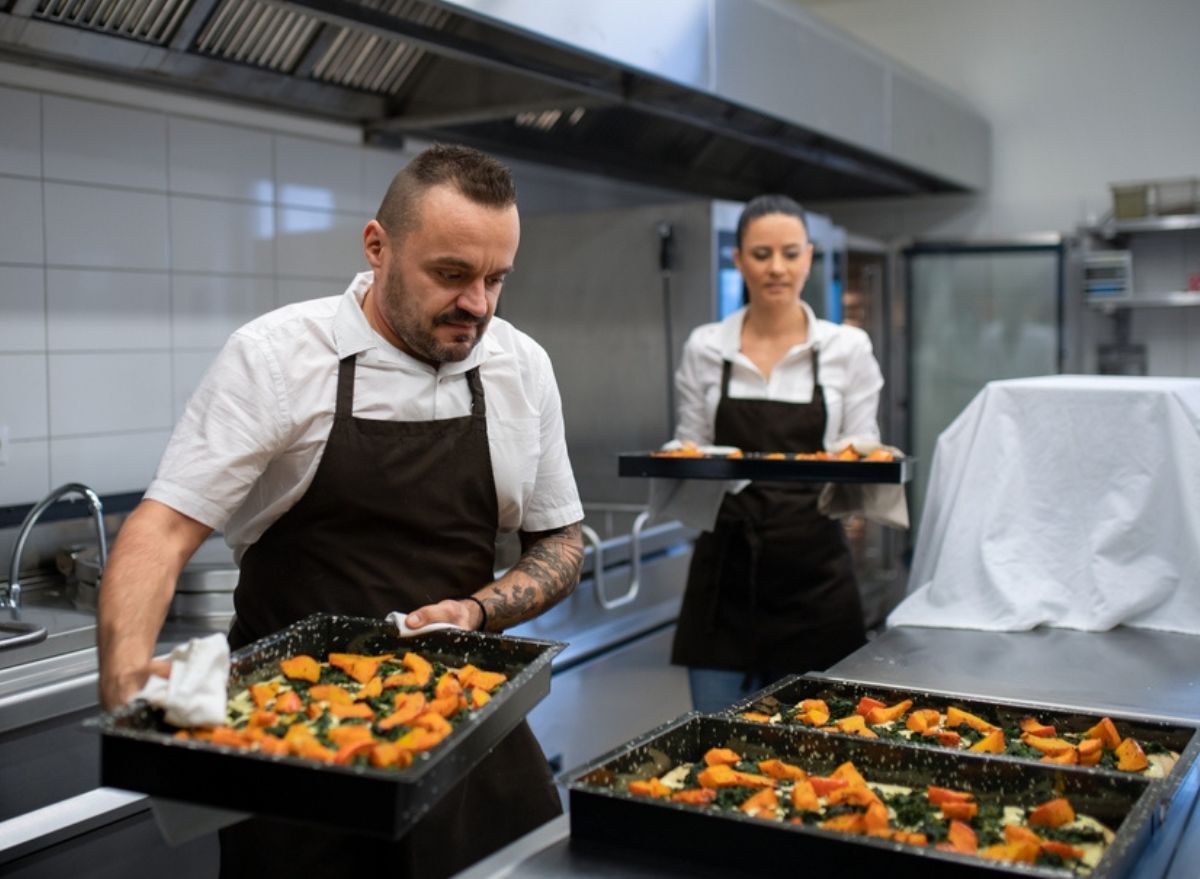1 In 3 Restaurants Now Serves Lower Quality Ingredients Due to Inflation

If the flavors have felt slightly off at your favorite restaurant lately, it may not be your imagination. An eye-opening new report on the state of the restaurant industry entering 2023 reveals economics have started influencing ingredients in a major way.
Countless households had to tighten their budgets last year due to rampant inflation, and it was no different for restaurants. Everything cost more in 2022, from food and labor to simply keeping the lights on and the stove hot.
How did restaurants of all shapes and sizes cope? Food service industry point-of-sale system Toast’s latest Restaurant Industry Outlook Report tells us 30% of both full-service and quick-service restaurants have resorted to using cheaper ingredients.
While we can all relate to the restaurant industry’s desire to cut down on costs and save some money, cheaper ingredients almost always translate to a lower-quality meal. No one wants that when they walk into a restaurant.
Trading out the usual ingredients for cheaper alternatives is just one-way restaurants are staying afloat in the current economic climate. Many eateries have even cut down on their inventories (34%) and menu items (31%). Even more (36%) have had to raise prices.
So, it seems restaurant patrons nowadays must feel the effects of inflation one way or another; whether it be a bigger bill or a less tasty, lower quality meal. Perhaps James Watts, CEO of Own The Grill, said it best when he told The Food Institute that “no one can afford to work in restaurants, and no one can afford to eat in restaurants.”
All of this paints a fairly bleak culinary picture of the restaurant business, but the industry is actually performing incredibly well considering we’re just a couple years removed from the COVID-19 pandemic.
“The industry is well on its way to pre-pandemic numbers,” Hospitality Works founder Isidore “Izzy” Kharasch, an industry consultant in Chicago who has worked with over 700 restaurants, told GO Banking Rates.
Restaurant sales may finally be reaching pre-pandemic numbers, but the problem is those sales don’t hold the same value due to inflation. For example, the National Restaurant Association predicted the restaurant industry would generate $898 billion in sales last year. At first, that looks like a major improvement over 2019’s $864 billion, but once we factor in inflation, that $898 billion is actually less than the industry’s typical pre-pandemic numbers.
A few other relevant inflationary restaurant statistics from last year: Labor costs increased by 15%, wholesale food prices went up by 17%, and average rent jumped up by 15%. Considering numbers like those, it’s easy to understand why 1 in 3 restaurants have opted to go with cheaper ingredients.